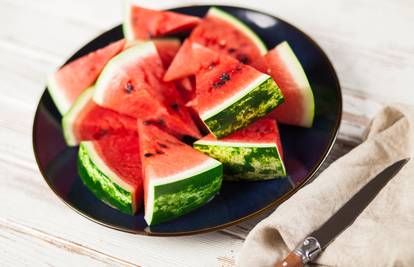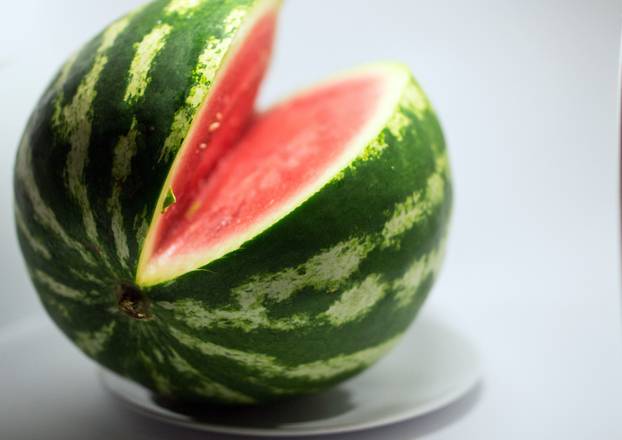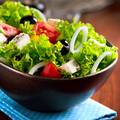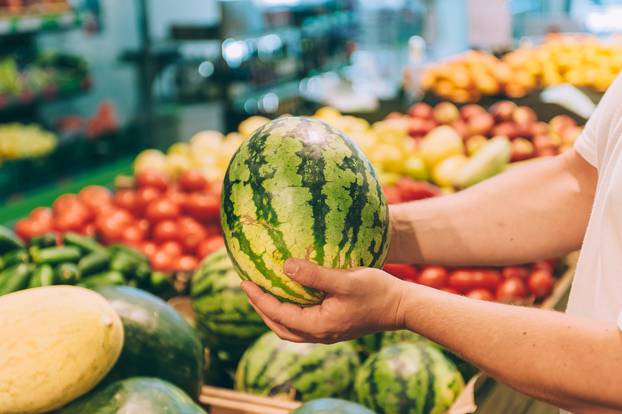Watermelon is a symbol of summer and an ideal refreshment during hot months. Choosing the perfect, sweetest watermelon can be challenging as many buyers end up disappointed with watermelons that have bland taste and mealy flesh. Experts recommend several simple methods to identify ripe and sweet watermelons, such as the two-finger rule for darker stripes on the rind, choosing rounder watermelons which are usually less watery, and a dark yellowish spot on the rind where the watermelon rested on the ground. Also, watermelons with net-like lines on the rind tend to be sweeter. Shiny rinds often indicate underripe fruit, so it is better to choose matte ones. Although the most reliable method is cutting the watermelon, these visual methods significantly increase the chances of buying a sweet and juicy watermelon.
Political Perspectives:
Left: Left-leaning sources tend to emphasize the accessibility and affordability of fresh, healthy foods like watermelon, highlighting the importance of natural, organic produce and sustainable farming practices. They may also focus on consumer education to avoid food waste by choosing ripe fruits properly.
Center: Center-leaning sources provide practical, straightforward advice on how to select the best watermelon using simple, easy-to-follow tips. They focus on consumer satisfaction and practical knowledge without much political or ideological framing.
Right: Right-leaning sources might emphasize traditional knowledge and common sense approaches to selecting watermelon, possibly highlighting family values and the enjoyment of seasonal, local produce. They may also stress personal responsibility in making good consumer choices.








